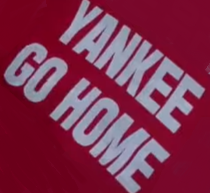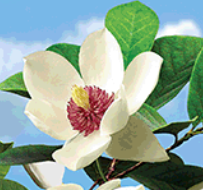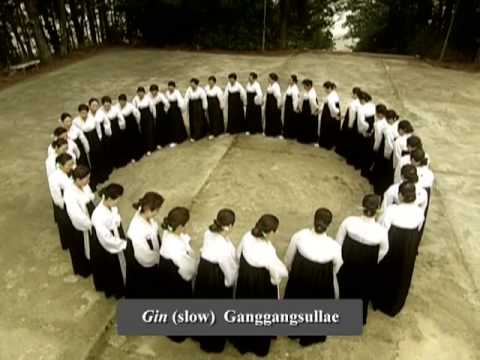From the video description:
Ganggangsullae [강강술래] is a seasonal harvest and fertility ritual popular in the south-western part of the Republic of Korea, performed primarily on Korea’s Thanksgiving [Chuseok] in the eighth lunar month. Under a bright full moon, dozens of young, unmarried village women gather in a circle, join hands and sing and dance all night under the direction of a lead singer. During interludes, the women playfully mime vignettes reflecting life in a farm or fishing village, including treading on roof tiles, unrolling a mat, catching a mouse or tying herrings. The dance takes its name from the refrain repeated after each verse, although the exact meaning of the word is unknown. Once a rare break from restrictive rules governing the behaviour of rural young women who were not allowed to sing aloud or go out at night, except during the Chuseok Thanksgiving celebration, the ritual is mostly preserved today by middle-aged women in cities and taught as part of the music curriculum of elementary schools. Now practised as a performing art throughout Korea, it can be seen as a representative Korean folk art. It is an important hereditary custom drawn from the rice culture that pervaded daily life in the countryside. The easy tunes and movements can be learned quickly for this communal practice that contributes to harmony, equality and friendship among the women dancers.



I had similar thoughts/questions about it. I didn’t really find much information about this specific tradition in north Korea, other than a few photos and mentions of it, such as children doing it at New Year (at an event in Pyongyang with a poster that says “let’s encourage folk games!”), or a couple instances of north and south Koreans doing it together (like an instance at a joint sporting event and at a joint performance).
As to changes in traditions, I’ve noticed some folk-style songs in DPRK have lyrics in them about socialist construction. In general as you’d likely expect it’s easier to trace changes in south Korea’s folk songs just due to how information from DPRK unfortunately gets so distorted from outside media. I’m still learning about folk traditions in Korea though, so I don’t want to comment too extensively until I am more informed about it.
Edit: Today I happened to notice this dance mentioned in a north Korean article about folk dances which described it as “a Korean circle dance usually done by girls under the bright full moon”.